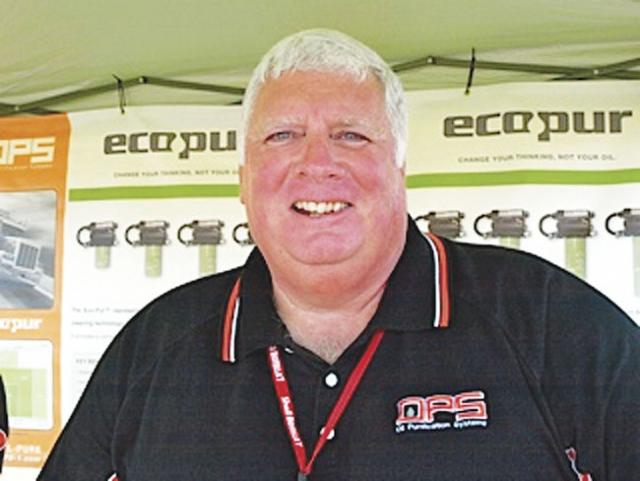Understanding Oil Contaminants

In the past few months we have seen a rise in the number of oil samples with higher soot levels. This increase is most likely caused by: excessive idling to maintain heat levels, clogged air or fuel filters, exhaust backpressure and possibly bacteria (BUGS) in the fuel.
Due to the nature of diesel engines whereby the fuel and air mixture combusts spontaneously from the high pressure of the cylinder instead of igniting from a spark plug like gasoline engines, it is imperative that the fuel/air mixture, injection timing and compression pressure be correct. Too much fuel or too little air causes incomplete fuel combustion, improper mixing of fuel and air that causes uneven burn, or blow-by that decreases the pressure required for complete combustion all generate soot.
The soot is usually smaller than 1 micron and the dispersant additives formulated in motor oil to keep the soot from clumping together and causing damage will protect the engine from damage. However as the levels increase the additives are overwhelmed and clumps form impeding the flow of oil, increasing viscosity, attaching to parts and causing wear and retaining heat that does not allow the oil to cool.
There are some simple steps that can be taking to lower the soot production in diesel engines.
•Keep air filters clean. Blocked air flow will affect the fuel/air ratio
•Keep fuel filters clean, clogged filters starve the engine and lower fuel flow
•Check air induction system for leaks, loose clamps, holes in ductwork, etc.
• Keep injectors clean and operating correctly. Injectors that do not spray fuel in cylinder properly do not allow fuel to mix with air effectively
•Ensure injector timing is correct, if injected too late in cycle fuel will not burn properly
•Check fuel tank for “BUGS” greenish black bacteria that contaminates fuel, reducing the fuel’s ability to burn cleanly by clogging the fuel filter and reducing flow. Check the fuel filter frequently, if greenish black dots appear install biocide in tank to kill the bacteria.• Improper or clogged muffler could also cause back pressure that could affect air flow.
•Perform regens timely to keep DPF free of contaminants and exhaust flowing freely.• Watch fuel mileage. If there is a drastic drop, chances are it is due to unburned fuel that may be caused by the reasons listed above and/or a loss of compression in cylinders due to blow-by, valve seating etc.
Fuel is usually the number one expense item, make sure you get your money’s worth, correct soot issues as soon as possible. Unburned fuel does not produce energy, lowering MPG. Soot clogs cylinders and can damage rings or moving parts, adding additional expenses. Put the money where it belongs in your pocket not generating soot.
If you can schedule the time March 23-25th, I highly recommend attending the Mid America Truck Show in Louisville KY. The time you spend discovering what is available today to improve your bottom line in the exhibit halls and what you can learn at the seminars is time well spent. Admission is free if you register at: http://www.truckshow.com/attendee-registration before February 23rd .
Stop by the OPS booth 68216 with your oil sample and I will gladly review and discuss potential issues with you. If you have any topics or questions for this column please email me at: [email protected]
